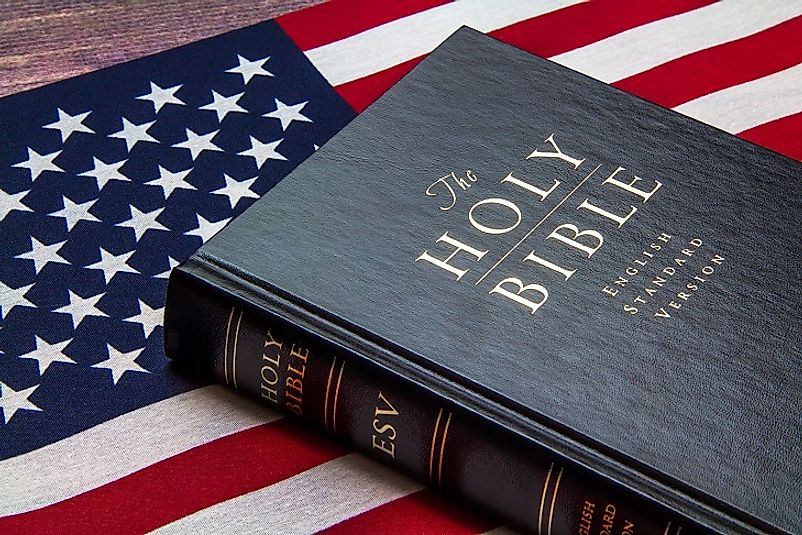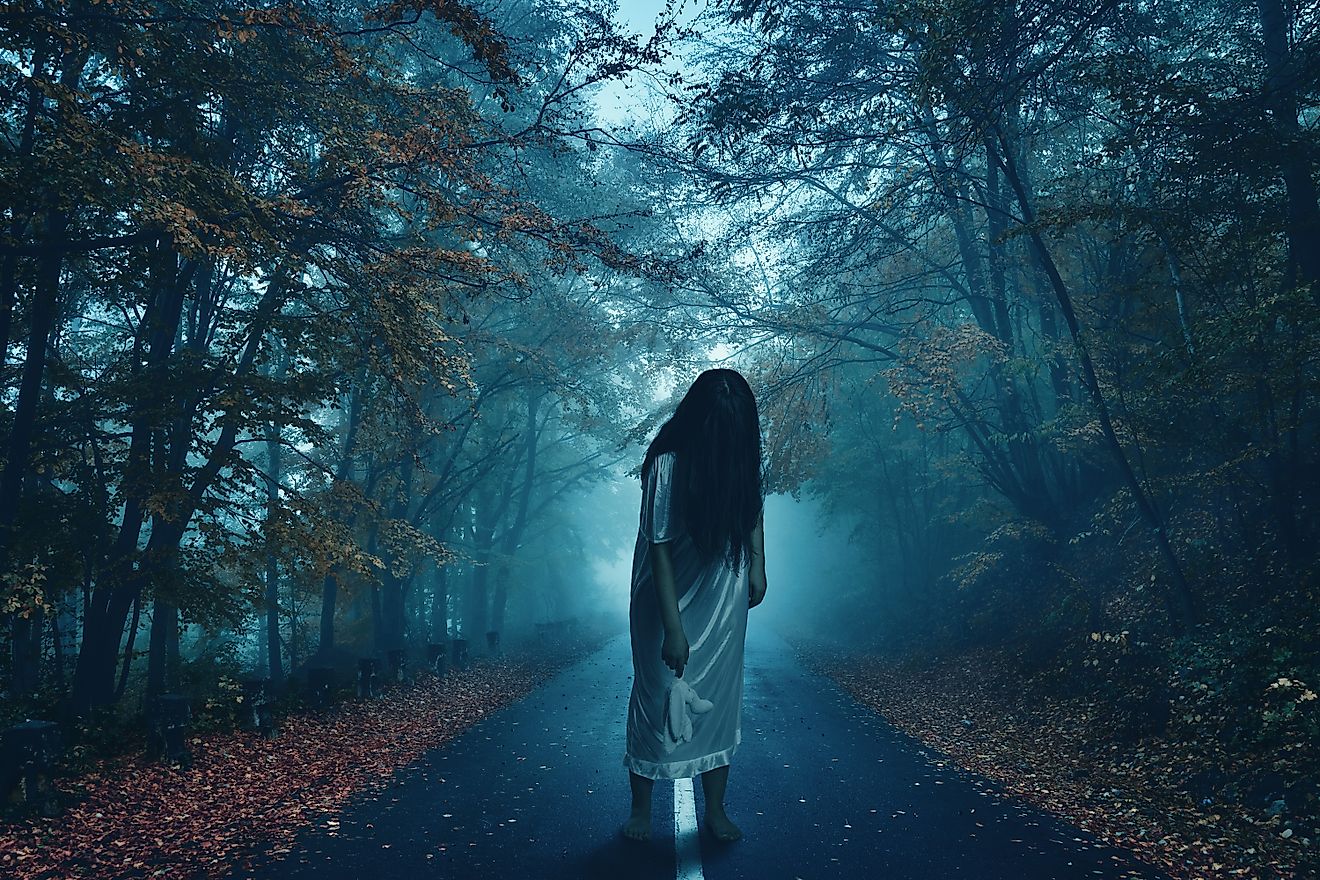Religious Demographics of the USA

Religion plays a crucial role within countries and cultures all over the world. In the US, the coming together of many different peoples of different origins has created a diverse religious environment. While the country has followers of every major religion, nearly half (46.5%) of the residents identify as Protestant Christians. The other religions/beliefs that make up society within the US are as follows: Unaffiliated (22.8%), Catholic (20.8%), Jewish (1.9%), Other Non-Christian (1.8%), The Church of Jesus Christ of Latter-day Saints (1.6%), Jehovah’s Witness (.8%), Buddhist (.7%), Hindu (.7%), Eastern Orthodox Christian (.5%), and Other Christian (.4%). This article will talk about the reason behind such a varied religious composition, why Protestant Christians hold the majority percentage, and why such a large percentage of the population identifies as unaffiliated.
Religious Makeup of the US
Religion in the Early United States
European settlers brought the Christian religion with them to the New World in the 16th and 17th Centuries. These colonists (“Puritans”) emigrated from England to avoid conflict and purify their church of Roman Catholic influences. The immigrant population continued to grow and spread the Protestant religion which even became the official religion of the Virginia Colony. Small groups of people with slightly different beliefs than the Puritans continued to break away from that church and form their own communities and religious principles. One hundred years later, in the 1700’s, the Protestant religion saw a reawakening of parishioners and church attendance rose. This “Great Awakening” happened again in the 1800’s and continued spreading and creating denominations of Protestant Christianity. Since the earliest of colonial times, Protestantism has deeply influenced the development of the US.
Unaffiliated Believers and Non-Believers
Why, then, does a country with such profound religious roots have a population where nearly a quarter of the residents identify as unaffiliated with any church or religion? To begin with, "unaffiliated" does not necessarily mean non-religious. Many unaffiliated individuals have some belief in one or several gods and even participate in religious behaviors, such as prayer. This identification does, however, include atheism as well as agnostic, humanist, and no religious preference. The doubt that a god exists has been growing quickly in adults under age 30 and across all demographics. This doubt is not the only factor causing the “unaffiliated” response to increase. The US has also seen an increase in a focus on “spirituality”.
Increasing Religious Diversity and Building Bridges Between Faiths
In addition to increasing spirituality and decreasing church attendance, the US has experienced an increase in interfaith environment. This is largely due to a growing immigrant community who, like their colonial predecessors, bring with them their own set of religious beliefs. Like everybody who decides to start their life over in a new place, these immigrants have come to the US looking for better lives for their families and job opportunities that are not available in their homelands. As a result, Hinduism, Islam, and other non-Christian faiths have risen.
A Future Outlook of Religion in the U.S.
As people continue to look to the US for opportunities, the religious composition will continue to change. Researchers predict that Muslims will outnumber Jews as the second largest religion behind Christianity by 2050 in the US. Furthermore, people who identify as Hindu will also grow from the current .7% to 1.2% over the next 34 years. Populations of “Other Religions” in the U.S., like Unitarians, Wiccans, and Sikhs, are also expected to rise. Maybe this varying landscape of religious faiths will also contribute to a rise in those identifying as unaffiliated, as families blend and people contemplate their places in the universe in different ways than ever before.
Percentage of Religions in America
| Affiliation | % of U.S. Population |
|---|---|
| Protestant (Christianity) | 46.50 |
| Catholic (Christianity) | 20.80 |
| The Church of Jesus Christ of Latter-day Saints (Christianity) | 1.60 |
| Jehovah’s Witness (Christianity) | 0.80 |
| Eastern Orthodox (Christianity) | 0.50 |
| Other Christian | 0.40 |
| Unaffiliated (Agnostic, Atheist, Nothing in Particular) | 22.80 |
| Jewish (Non-Christian) | 1.90 |
| Muslim (Non-Christian) | 0.90 |
| Buddhist (Non-Christian) | 0.70 |
| Hindu (Non-Christian) | 0.70 |
| Other Non-Christians | 1.80 |
| No Response | 0.60 |







